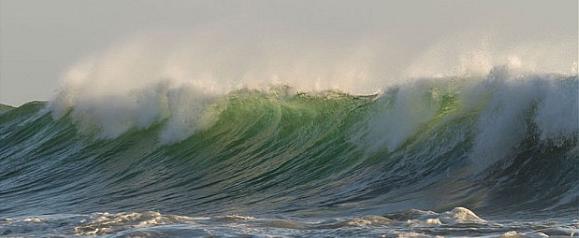We should probably add a new category to the blog, something along the lines of “You Can’t Make This Stuff Up.” This post would certainly fit. The Norwegian Seafood Council has sponsored Human Sushi, a series of dances to interpret sushi and sashimi recipes. From their website:
The Human Sushi is a performance group that interprets sushi recipes in their own way. This cheerful gang is led by Arthur, an energetic Norwegian speaking Frenchman. Together they dance until both maki, nigiri and sashimi. Which dance performance do you like best?

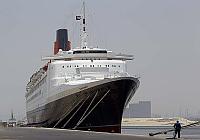 Four years ago, the luxury liner
Four years ago, the luxury liner 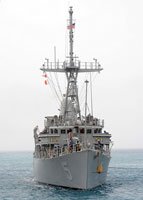 The minesweeper
The minesweeper  When I first visited New York’s South Street Seaport in the early 70s, it was a fairly lonely place. There was no shopping mall on Pier 17 and the high-end chain-stores like Guess, Abecrombe and Fitch and Brookstone had not yet been attracted to the historic buildings along Fulton, Water and Front Streets. Many of the old warehouses and boarding houses were still shuttered.
When I first visited New York’s South Street Seaport in the early 70s, it was a fairly lonely place. There was no shopping mall on Pier 17 and the high-end chain-stores like Guess, Abecrombe and Fitch and Brookstone had not yet been attracted to the historic buildings along Fulton, Water and Front Streets. Many of the old warehouses and boarding houses were still shuttered.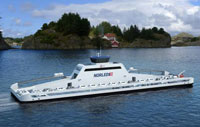 The Norwegian shipyard Fjellstrand and Siemens are developing the world’s first electrically powered car ferry. Starting in 2015, the 80-meter ferry will will operate across the Sognefjord between the towns of Lavik and Oppedal. The ferry will have the capacity to carry 120 cars and 360 passengers. Remarkably the batteries which power the ferry will be able to recharge in only 10 minutes.
The Norwegian shipyard Fjellstrand and Siemens are developing the world’s first electrically powered car ferry. Starting in 2015, the 80-meter ferry will will operate across the Sognefjord between the towns of Lavik and Oppedal. The ferry will have the capacity to carry 120 cars and 360 passengers. Remarkably the batteries which power the ferry will be able to recharge in only 10 minutes.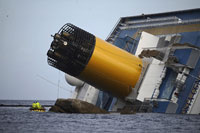 If the reporting is accurate, this doesn’t seem like the argument that Carnival should be making.
If the reporting is accurate, this doesn’t seem like the argument that Carnival should be making.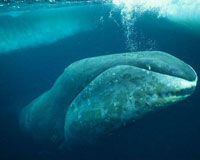
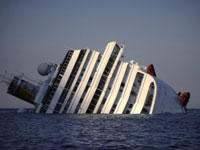 On the island of Giglio in Italy’s Tyrrhenian Sea, relatives of the 32 passengers and crew who died when the
On the island of Giglio in Italy’s Tyrrhenian Sea, relatives of the 32 passengers and crew who died when the 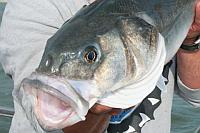 Last summer, 29 year old Matthew Clark almost won the latest
Last summer, 29 year old Matthew Clark almost won the latest 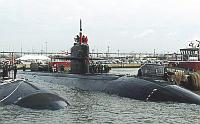 At around 5:00 AM local time, the officer on watch of the nuclear submarine,
At around 5:00 AM local time, the officer on watch of the nuclear submarine, 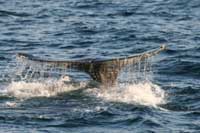 The New York Times, this morning, features in their “
The New York Times, this morning, features in their “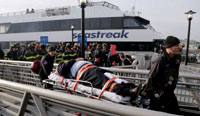
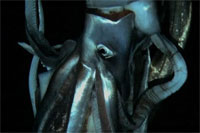 They are the subject of myth and legend, the giant squid who battle massive sperms whales and leave battle scars on the whales’ flesh. Now for the first time in history, a living giant squid has been recorded in its own habitat, nearly a third of a mile below the surface. Dead giant squids have been found washed up on shore or caught in nets but this is the first time that one has been seen live on video. Thanks to
They are the subject of myth and legend, the giant squid who battle massive sperms whales and leave battle scars on the whales’ flesh. Now for the first time in history, a living giant squid has been recorded in its own habitat, nearly a third of a mile below the surface. Dead giant squids have been found washed up on shore or caught in nets but this is the first time that one has been seen live on video. Thanks to 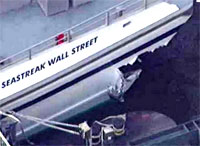
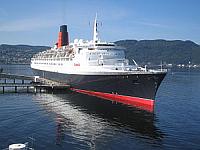 Just before Christmas
Just before Christmas 